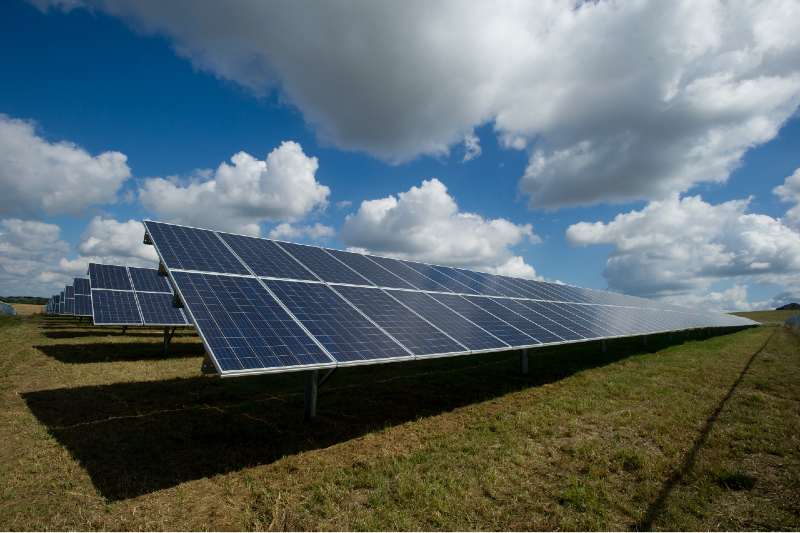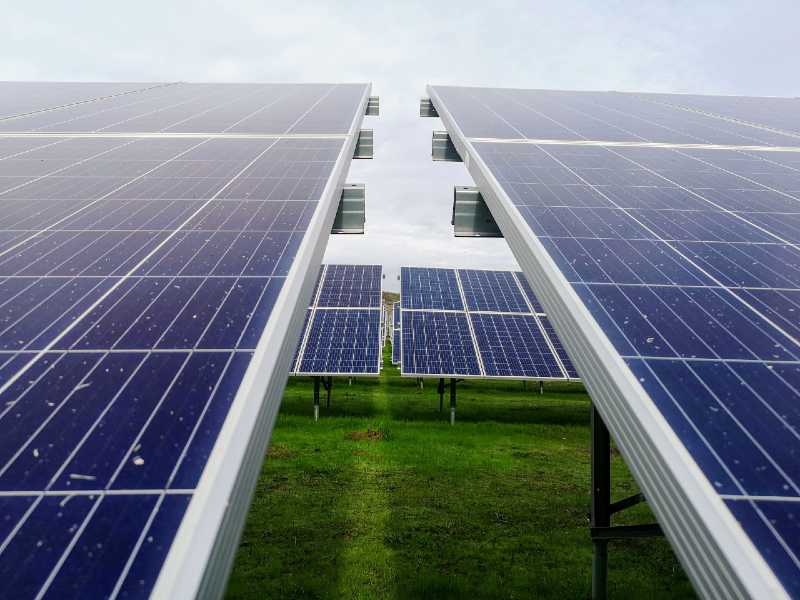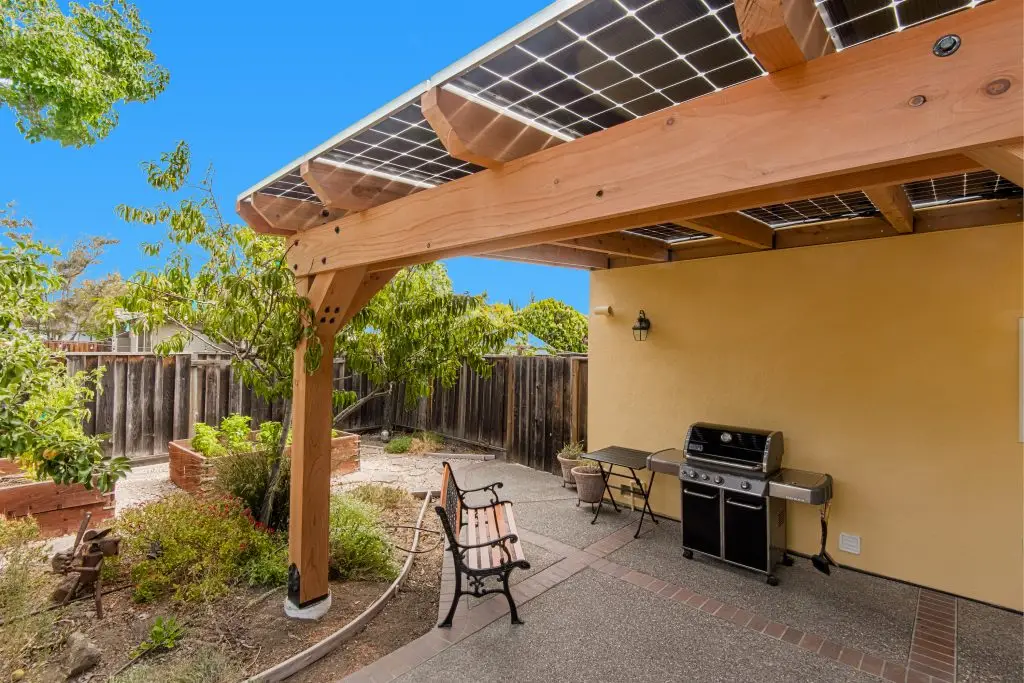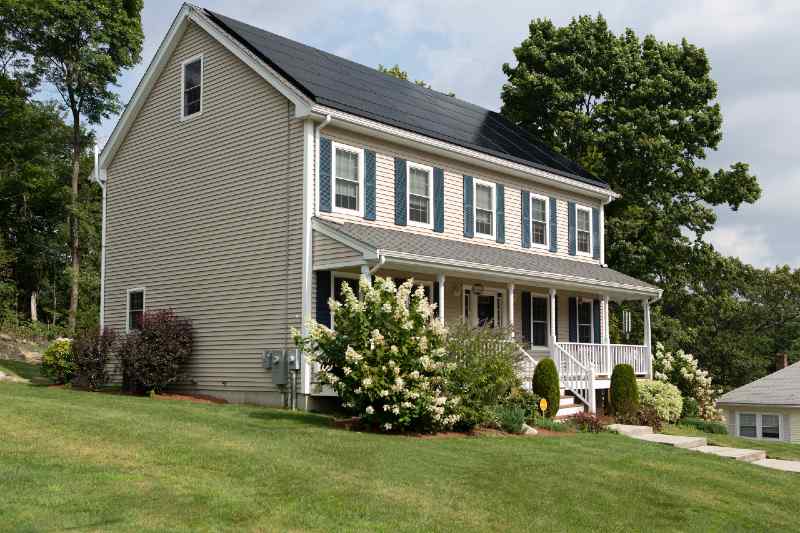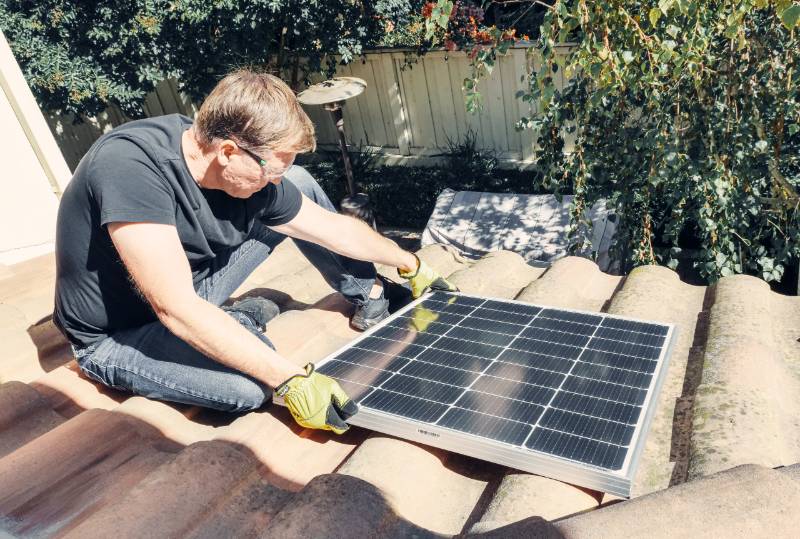The difference between solar cells and photodiodes is what they are designed for.
A solar cell converts light energy to electricity, whereas a photodiode only converts light energy into electric charge.
Solar cells are used in the power industry because of their ability to convert light energy into electrical current, whereas photodiodes are often found in devices that use semiconductors to detect electromagnetic radiation such as infrared or ultraviolet light.
In this post, we will go through what is a photodiode, how it works, and what it’s used for.
What Is A Photodiode?
A photodiode is a semiconductor device that converts light into current.
The first photodiodes were made from germanium, but modern photodiodes are usually silicon-based because the material has what scientists call a “high internal resistance.”
This property reduces dark current noise and increases efficiency at high frequencies.
How Does A Photodiode Work?
When light of sufficient intensity shines on the PN junction (the boundary between two different semiconducting materials) photo-generated charge carriers are generated.
The number of electrons that can be collected at one time depends on what wavelength of light is used for illumination and how much energy it carries, but most modern photodiodes generate only a few dozen electrons per photon of light.
A photodiode is a diode that has been manufactured so as to have what are known as “front-side” contacts, in contrast with the typical wire leads attached to standard diodes.
This allows for much greater currents and voltages when operating than what can be handled by conventional diodes, for example in photomultiplier tubes.
When light shines on the front of a solar cell’s PN junction, the photon energy dislodges an electron which is captured by what can be thought of as “holes” left behind when other electrons drop to lower energy levels within the material.
This creates what is known as a “photo-generated current.”
What Is Photodiode Used For?
Photodiodes are used for detecting light in the infrared spectrum, ultraviolet spectrum, and visible light.
They can also be used to measure what is known as photoconductivity or photoresistance which allows them to detect both UV radiation and ionizing radiation, though the latter application has fallen out of favor due to radioactive contamination concerns.
Photodiodes also have a slower response time as their surface area increases, making them perfect as sensors for detecting visible, infrared or ultraviolet light and are found in devices that use semiconductors to detect electromagnetic radiation such as cameras or night-vision goggles.
What Is A Solar Cell?
A solar cell is a device that produces electricity when exposed to light.
The most common type of solar cells are made from silicon, which has what scientists call an “extremely high” internal resistance.
This allows them to produce useful amounts of power for relatively low voltages and currents at the cost of reduced efficiency in converting sunlight into electricity.
How Do Solar Cells Work?
When photons hit the solar cell’s surface, they dislodge electrons from what can be thought of as “holes” left behind when other electrons drop to lower energy levels within the material.
This creates what is known as a “photo-generated current.”
The photo-generated current increases at higher photon energies and also produces an induced voltage in the cell.
This induced voltage is what causes a current to be drawn out of the solar cells, which can then flow through an external load and provide electrical power to devices or charge batteries in electric cars.
Related article: How Do Solar Panels Work Step By Step?
What Is A Solar Cell Used For?
For this reason, solar cells are used for applications that require a large amount of power, such as spacecraft or satellites.
Solar cells are usually connected together in what is called an “array” and produce direct current electricity from the energy they collect from sunlight.
This means solar arrays have to be paired with what’s known as an inverter to change their output into alternating current for transmission and use in homes and businesses.
Related article: Can A Solar Panel Work Without An Inverter?
What Is A Phototransistor?
A phototransistor is a bipolar junction transistor that has been designed to be sensitive to light, usually infrared.
In other words, it acts as an electronic element that can turn the amount of incoming light into electric current or voltage and are often used in night-vision devices such as cameras for converting what little visible and near-infrared light there is into what the human eye can see.
How Do Photoresistors Work?
A phototransistor works by having what is called an “emitter.”
The emitter emits electrons into what is known as a base region.
When light photons hit the semiconductor, they release photoelectrons which are swept through to the collector-base junction and create what’s called a photocurrent that can be used to power other devices.
What Are Photoresistors Used For?
Photoresistors are used for applications that need the ability to detect what little light there is, such as in night-vision cameras.
As they have a high sensitivity to infrared radiation, phototransistor sensors also benefit from being able to operate without requiring what’s known as an external power source or battery which can be very useful if what’s being observed doesn’t have what is needed to power a device.

